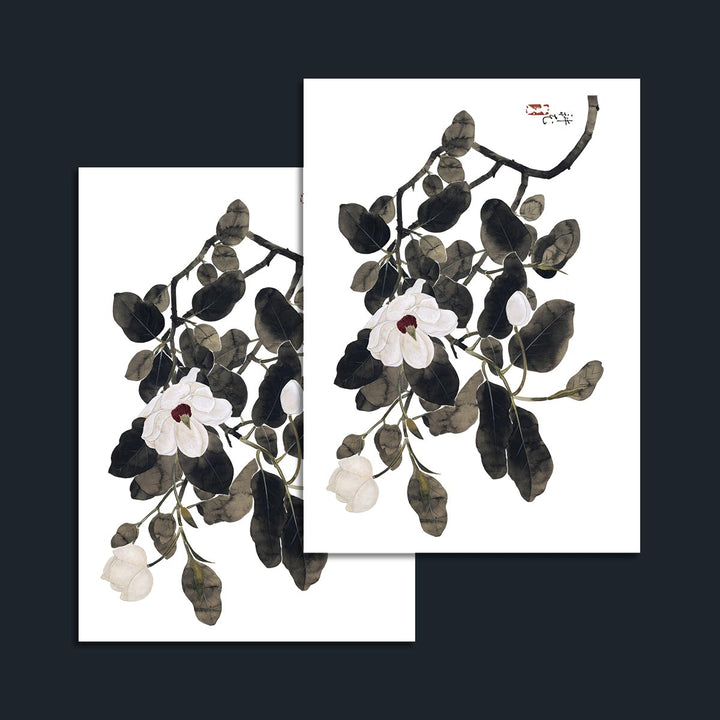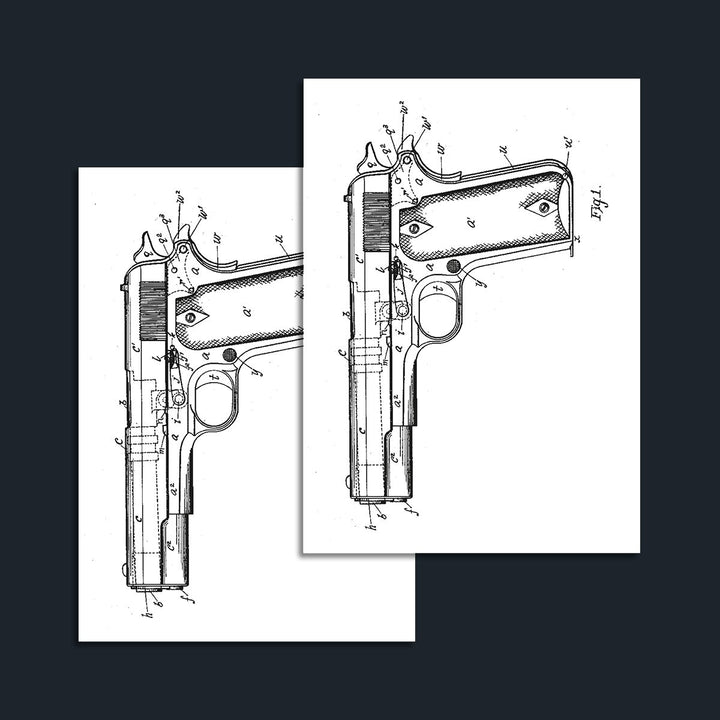Temporary Tattoos vs Henna Tattoos: differences, pros and cons.
Temporary tattoos, as we understand them at Tempo Tattoo, and henna tattoos are two popular forms of temporary body art. Although they serve the same purpose, they are different in terms of composition, application, and longevity.
What are Temporary Tattoos?
When we think of temporary tattoos, we refer to those created using a vinyl adhesive, that can be easily applied to the skin using water and easily and fully removed with baby oil or rubbing alcohol. These fake tattoos come in a wide variety of designs and colors, including flowers, animals, characters, abstract shapes, or words, to mention some. Below you can see two real photos of two very different designs.
These tattoos are a great form of personal expression and are normally used for special events, such as birthday parties, festivals, and holidays, as they last an average of 5-7 days. They are a great option for those who want to experiment with tattoos without the commitment of permanent ink.
What are Henna Tattoos?
Henna tattoos, on the other hand, are created using a paste made from the henna plant.
The paste is applied to the skin and dries to a deep red-brown color, lasting for up to two weeks. Henna tattoos are often used for cultural events and celebrations, such as weddings and Eid, especially in Arabic countries. They are also a popular option for those who want a more natural and organic form of body art.
Henna Tattoos designs vary from one to another, but as they have to be drawn manually on the skin —not printed—, they are limited to certain styles. Although henna designs can be very complex, normally they are made with lines, geometric elements, and simple natural shapes such as flowers. These items combined can produce beautiful results.
¿Henna or Fake Tattoos? Pros and cons.
One of the biggest pros of temporary tattoos, decal style, is their ease of application. They can be applied quickly and easily, and removed just as easily. And you can do both things by yourself, with just some water and a piece of tissue, sponge or towel. Henna tattoos can be messy to apply, and it can take some time to remove the paste completely.
In addition, they require a craftsman or a person who knows how to use the material and who also knows how to draw, as opposed to temporary tattoos, which are designed in advance.
As I mentioned before, another advantage is that they are affordable and come in a wide range of designs, allowing you to choose a design that fits your personality and style. Nowadays, they also use natural inks, which was one of the pending subjects of temporary tattoos.
Another good point for temporary tattoos is that they can represent practically any design or shape you want. As they are created using a special printer, they can contain any image of your choice —not all of them will look great, though—, compared to henna tattoos that normally represent line motifs.
Also, one of the biggest limitations of Henna Tattoos is the color specter, as it ranges from light brown to dark-almost-black brown but cannot go any colorful compared to temporary decal tattoos.
Despite the fact Henna Tattoos can be drawn on any part of the body —although the face is discouraged—, they are commonly placed on hands and feet. On the other hand, Temporary Tattoos can be placed anywhere, although in some places can be complicated to obtain a perfect result, especially those areas with joints or many nooks and crannies.
Henna tattoos are a natural and organic form of body art that is normally gentle on the skin. They are also a great option for those with sensitive skin as they do not contain harsh chemicals. However, today temporary tattoos have improved a lot in this field and they are generally made with natural inks and, ours in particular, comply with the regulations for cosmetic products.


Japanese Magnolia
Black Week: €6,90 €4,14 🔥

Firearm
Black Week: €6,90 €4,14 🔥







